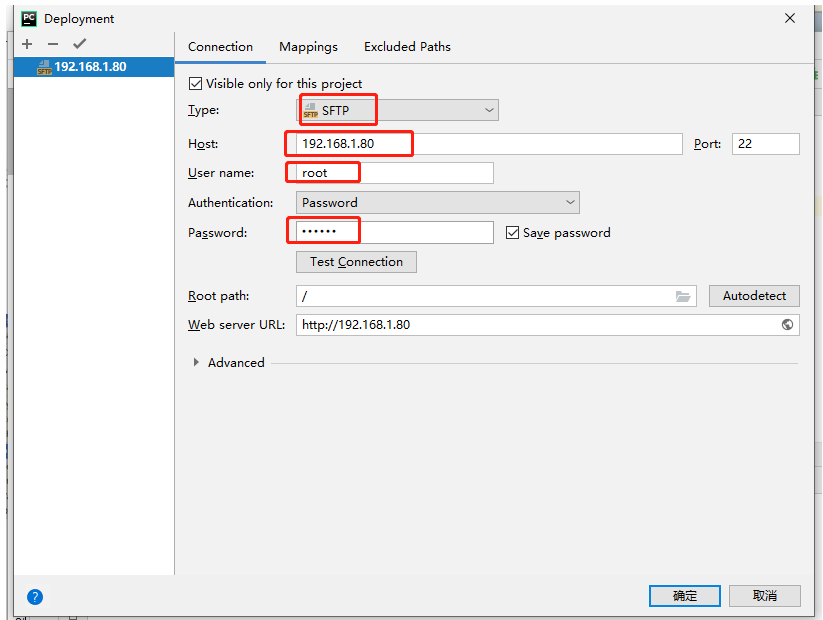

To match a literal backslash, you need to escape the backslash.įor instance, to match the string "C:\" where "C" can be any letter, you'd use /:\\/ - the first backslash escapes the one after it, so the expression searches for a single literal backslash. Similarly, if you're writing a regular expression literal and need to match a slash ("/"), you need to escape that (otherwise, it terminates the pattern).įor instance, to search for the string "/example/" followed by one or more alphabetic characters, you'd use /\/example\/+/i-the backslashes before each slash make them literal. If you need to use any of the special characters literally (actually searching for a "*", for instance), you must escape it by putting a backslash in front of it.įor instance, to search for "a" followed by "*" followed by "b", you'd use /a\*b/ - the backslash "escapes" the "*", making it literal instead of special. If you want to look at all the special characters that can be used in regular expressions in a single table, see the following: Special characters in regular expressions. Unicode property escapesĭistinguish based on unicode character properties, for example, upper- and lower-case letters, math symbols, and punctuation. Indicate numbers of characters or expressions to match. Indicate groups and ranges of expression characters. For example, distinguishing between letters and digits. Character classesĭistinguish different types of characters. AssertionsĪssertions include boundaries, which indicate the beginnings and endings of lines and words, and other patterns indicating in some way that a match is possible (including look-ahead, look-behind, and conditional expressions). The following pages provide lists of the different special characters that fit into each category, along with descriptions and examples. In the string "cbbabbbbcdebc", this pattern will match the substring "abbbbc".

When the search for a match requires something more than a direct match, such as finding one or more b's, or finding white space, you can include special characters in the pattern.įor example, to match a single "a" followed by zero or more "b"s followed by "c", you'd use the pattern /ab*c/: the * after "b" means "0 or more occurrences of the preceding item."


 0 kommentar(er)
0 kommentar(er)
